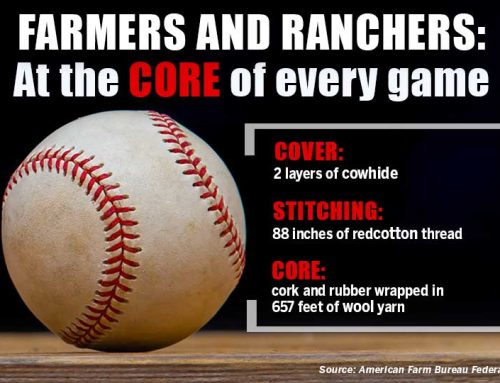By Michelle Hochstein
Fresh bread, warm from the oven. Cereal, morning or midnight. Flour to bake a cake. Noodles for spaghetti.
What do all of these have in common?
It’s the primary grain used in foods we love to eat. Pastries. Crackers. And don’t forget tortillas. In fact, about three-quarters of all U.S. grain-based products are made from this versatile grain. Now, that’s a lot of wheat.
But how does it make its journey from the field to your kitchen table?
Wheat’s a popular crop with Texas farmers. It’s versatile. Durable. And its many uses make it a valuable cash crop.
Seeds are sown in the fall. Small green plants shoot up from the soil. Grow with moisture and plenty of sunlight. By late spring, fields turn into rolling seas of gold. A sign that wheat harvest isn’t far off and summer is coming.
The wheat is taken to a grain silo or elevator. Then shipped by trucks, trains and boats to destinations both domestic and foreign.
It’s ground and processed into the flour you see on the grocery store shelves.
One bushel of wheat makes 90 loaves of bread. 53 boxes of cereal. 72 pounds of tortillas. Or 210 servings of spaghetti. Pretty amazing, right?
But it’s used for more than foods. Paper, adhesives, hair conditioners, trash bags and wallboard. All byproducts of wheat.
This informative graphic from Texas Wheat Producers is full of other cool facts about wheat. Check it out!
Next time you enjoy a freshly baked piece of homemade bread at the kitchen table, remember the journey it took to get there!
Michelle Hochstein grew up on a farm in Castro County, where her family grows cotton, corn, wheat and sorghum. She is studying agricultural communications at Texas Tech University and is the Texas Farm Bureau Public Relations intern.











Leave A Comment